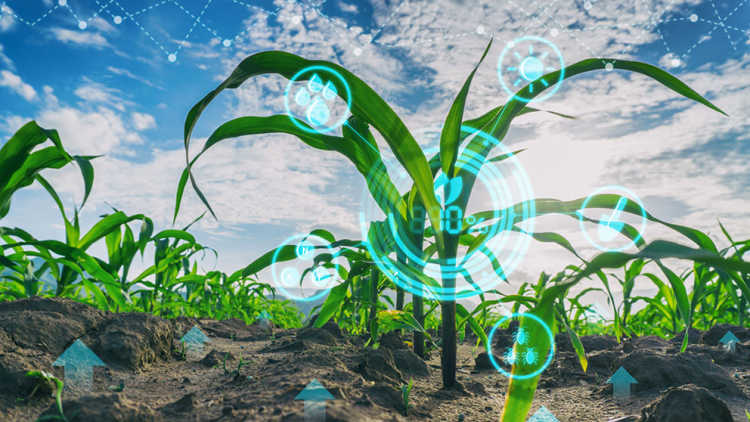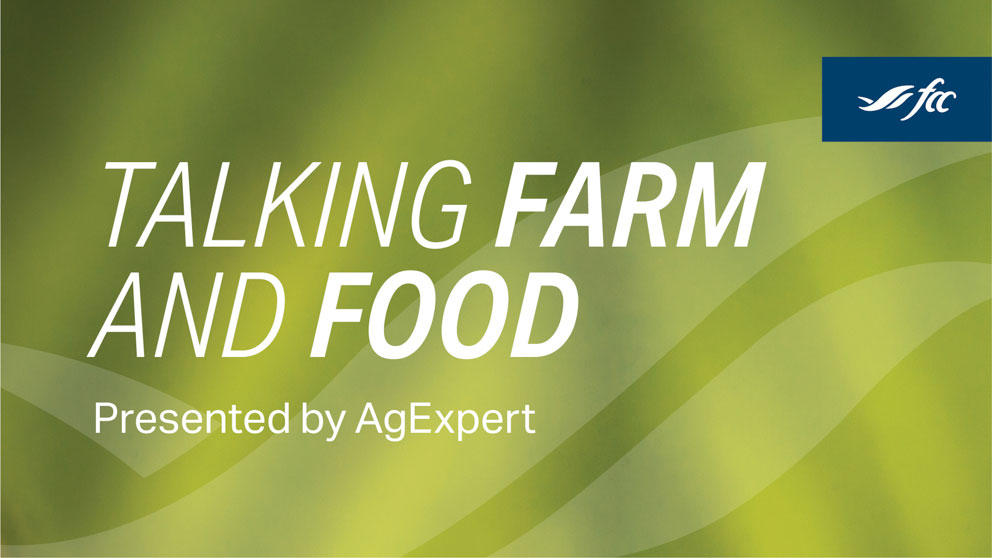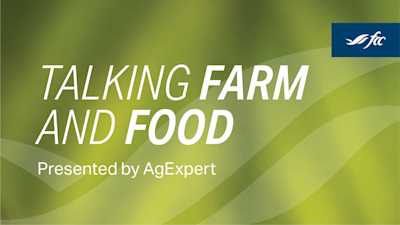Beneficial sensor technologies coming soon

Any technology used on a farm should have a purpose and help create efficiencies, automate a process, validate conditions or provide useful data. Sensor technologies gather information by detecting the physical, chemical or biological properties of something and converting them into a signal that can be read and recorded.
The Olds College Smart Farm in Alberta is a 2,800-acre living lab where agricultural research and smart technologies are being tested in the field. Smart Farm is a venue for developing and testing applied research on a commercial scale, to help farm businesses make informed decisions about implementing digital, or smart, technology for themselves.
Monitoring animal health
Jason Bradley, manager of strategic partnerships, highlights one project currently underway at Smart Farm. Individual cattle in a group are identified by their facial features using artificial intelligence, images and videos of the animals. If successful, this will have applications for identifying pre-symptomatic issues like lameness and respiratory problems.
In addition, “algorithms are being developed to identify different stages of calving and to notify the farmer when the cow enters each stage. This would allow the farm manager to monitor the cattle remotely and only intervene when needed. It’s a game-changer,” Bradley says.
Enhancing biosecurity
In another application, sensor technology is being used to improve on-farm biosecurity. Adam Black, customer service coordinator at Farm Health Guardian, says the company is testing various types of sensor devices on vehicles that regularly visit farm properties. “The devices monitor movements of vehicles onto and off farm properties that have a digital perimeter, creating a log of vehicles visiting the farm.”
This provides real-time information about visits and valuable trace-back information when disease is suspected, Black says. Criteria being tested include performance in extreme temperatures, durability, battery life and more. Testing and analysis of results will be completed this summer. A summary and recommendations will then be provided to industry stakeholders and government.
Analyzing crops
Progress is moving sensor technology closer to regular use on farm.
Chuck Baresich, owner of Haggerty AgRobotics in Bothwell, Ont., collaborates with the Ontario Ministry of Agriculture, Food and Rural Affairs, researchers and industry organizations to bring smart technologies to Ontario. One project will bring the Dino, a robot manufactured in France, to Ontario for testing. While the Dino weeds the crop, a sensor can simultaneously detect problem areas, such as a disease or nutrient deficiency in the crop. Using GPS, the robot marks where the problem is so it can be easily located.
Baresich says that while many of the technologies are being tested and perfected on horticulture crops, they will also have field crop applications. “Many of these are very, very close to coming to market. We want people to be excited, but we also want them to have reasonable expectations.” It’s early days and the industry needs to keep progressing, he says.
This progress is moving sensor technology closer to regular use on farm and toward improved efficiency, profitability, competitiveness and overall operational effectiveness.
From an AgriSuccess article by Lorraine Stevenson-Hall.

In this episode, producer and agronomist Trent Hilderman shares how involving different ideas and perspectives in decision-making can lead to better farm management.
